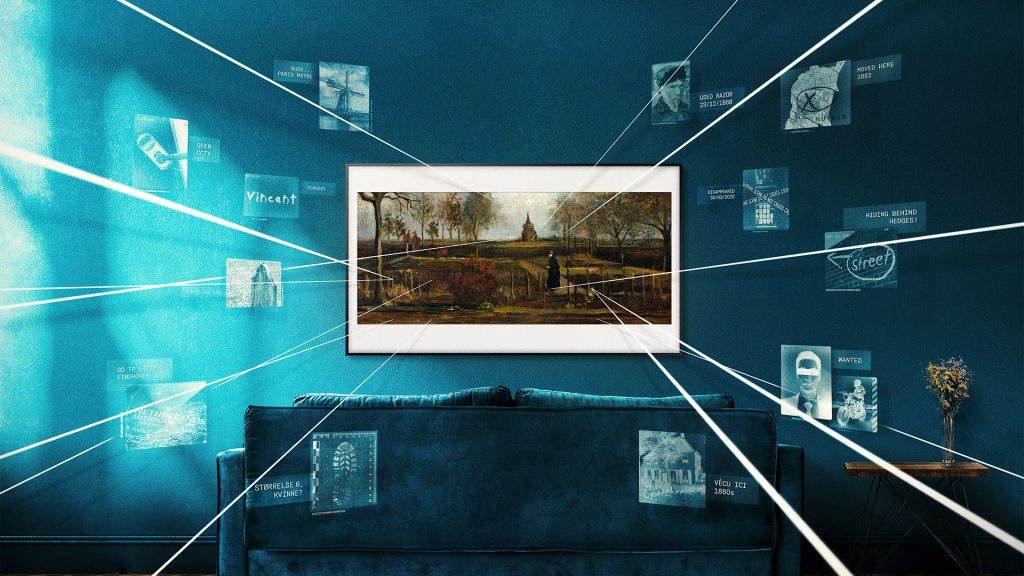Art World
Amateur Art Sleuths Are Invited to Share Their Theories on the Whereabouts of Lost Art for a New Show About Missing Masterpieces
The virtual show hopes to ensure lost masterpieces are not forgotten by art history.

The virtual show hopes to ensure lost masterpieces are not forgotten by art history.

Naomi Rea

A new virtual exhibition is calling on amateur sleuths to share their theories about the world’s most infamous art heists.
Some 12 lost artworks and their incredible stories are highlighted as part of the “Missing Masterpieces” exhibition, which was curated by Noah Charney, an art history professor and founder of the Association for Research into Crimes Against Art, who tells Artnet News that it is loosely based on his 2018 book The Museum of Lost Art.
“I was trying to provide a sort of negative space for the history of art,” Charney says. “We tend to focus on what I call survivor bias, which means that we study the few hundred most important works of art that happen to have survived the centuries, when, in fact, the vast majority of art is lost.”
Charney selected 12 missing works to bring together for the “impossible exhibition,” from Van Gogh’s The Parsonage Garden at Nuenen in Spring, which was stolen from a Dutch museum earlier this year, to longer-standing mysteries, such as the lost wonder of the world, Greece’s Colossus of Rhodes.
High-resolution images of the lost works can be viewed online as well as on a new line of televisions from Samsung, which organized the show. Part of the project involves crowdsourcing any tips, theories, or clues about the whereabouts of the missing artworks. Internet sleuths are invited to scour online media reports, social media, and even Reddit threads and share their findings with the hashtag #MissingMasterpieces.

Vincent van Gogh’s missing masterpiece, The Painter on His Way to Work (1888). Courtesy Samsung.
“Very few of these lost works are definitively lost, and the idea is that people can be more interactive and send in some tips or ideas about where the works might be,” Charney says. “Enough of these lost works resurface, often in very unexpected and surprising ways, that there is hope that some of these might be found again.”
Andreas Blühm, director of the Groninger Museum, which had loaned Van Gogh’s The Parsonage in Spring to the Dutch museum from which it was stolen, tells Artnet News that authorities believe the missing painting is being used as a bargaining chip in the criminal underworld. As for what he hopes comes from the virtual exhibition, Blühm says, “I don’t really know yet but I hope that any kind of publicity will help keep the memory of the painting and thus the painting itself alive.”
While stolen artworks rarely turn up by way of the general public, those that went missing under other circumstances, such as during conflicts like World War II, have occasionally turned up in someone’s attic. Famous examples of this being Leonardo da Vinci’s long-lost masterpiece Salvator Mundi, and a Carravaggio painting that turned up in an attic in Toulouse.
“Missing Masterpieces” will be on view online for three months through February 10, 2021.